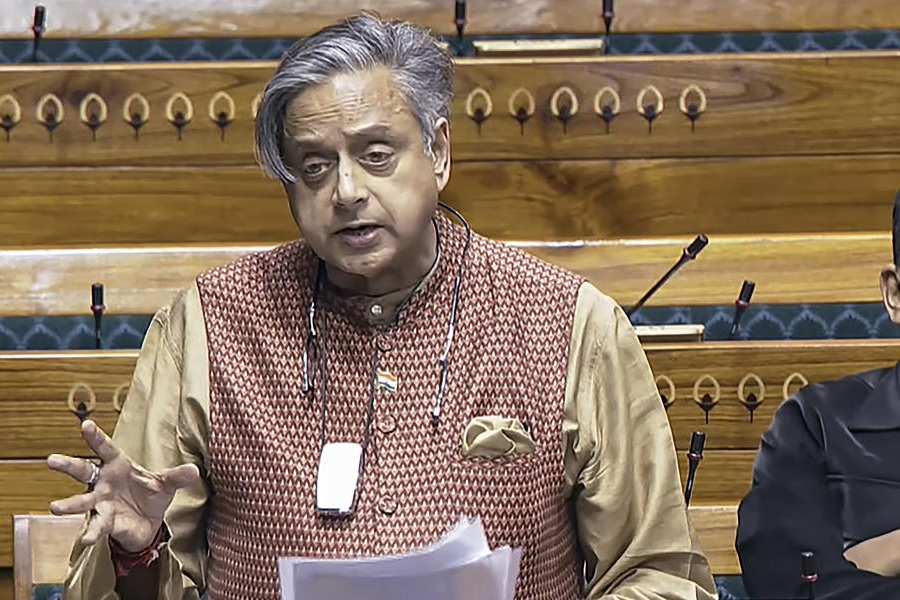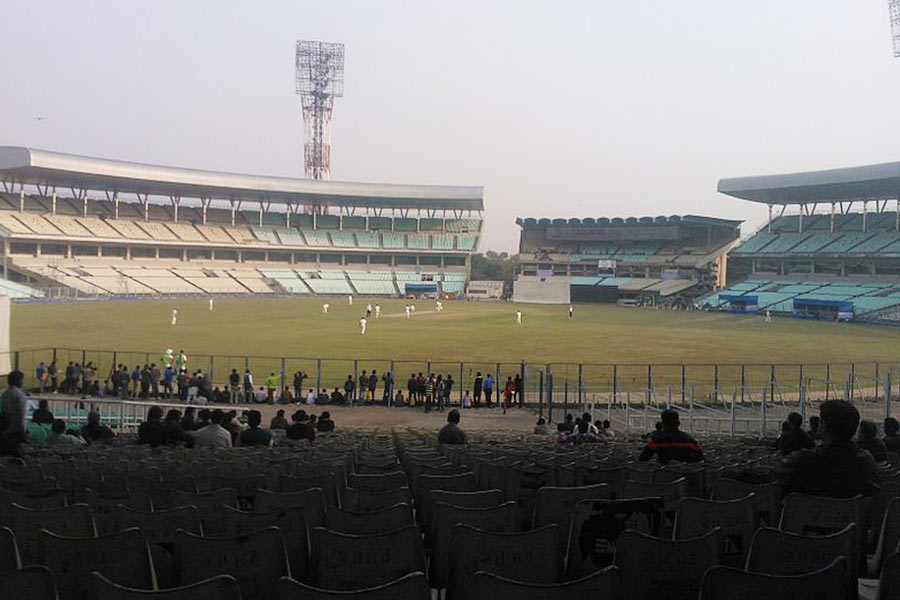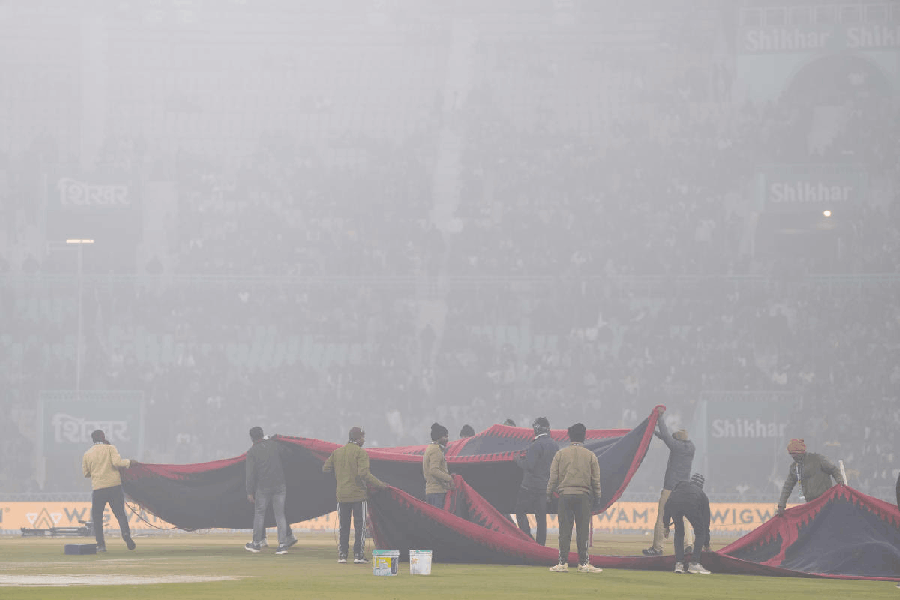
Murat Nemet-Nejat is a poet, essayist and translator. Born in Istanbul, Turkey, he has lived in the US since 1959, having studied literature at Amherst College and Columbia University. The father of two runs a carpet business and often takes off to write poetry, especially in the long form, finding inspiration in the works of many masters, from Satyajit Ray to Shakespeare to Ridley Scott. He will be present at the Kaurab International Reading Series on December 17, Saturday, at 4pm, at 1C Maniktala Industrial Estate. Ahead of his reading, singer-composer Anupam Roy and t2 exchanged a few questions with Murat.
Could you give us a brief sketch of your first two books of poetry — The Bridge and The Spiritual Life of Replicants?
The Bridge was written between 1970 and 1975. I had come to the United States from Turkey in 1959 without knowing English very well. The poem started on a personal dare on my part. In the 1970s, the prevalent literary opinion in the US was that the narrative poem was dead. I wanted to show that this assumption was wrong, as long as one transformed the narrative form to fit the times. The Bridge started as a four-part poem to follow the structure of a symphony with its variation of tones, and so on, but a fifth part was added. The first two parts take place in Turkey. The first is seen through the eye of a sleepy baby held by his mother on a train at night. The second has to do with the death of a family member. The last three take place in the US. The bridge was both a bridge in Istanbul and the bridge between Turkey and the US. It was a controversial title because Hart Crane’s poem about the Brooklyn Bridge already existed in American literature (also titled The Bridge). That was part of my dare. My poem was influenced and inspired by Satyajit Ray’s The Apu Trilogy.
The Spiritual Life of Replicants was written between 2006 and 2011. The two poems are separated by a profound transformation of style. Because The Spiritual Life… is my second book of published poetry, it does not mean I wrote none during those 30 years. I did, and they were published in magazines and journals. The Americans had a hard time accepting me as a serious American poet until about 10 years ago, when my Eda anthology was published. The Spiritual Life… is based on Ridley Scott’s science fiction film, Blade Runner.
When one thinks of Turkey, a confluence of cultures from the two hemispheres comes to mind. As a Turkish-American poet who writes in English and lives in the US, is there this element of duality in your works as well?
By all means, almost all my work is built on this duality. The Spiritual Life of Replicants is an American poem built around the Turkish poetics of Eda (idea of Eda, Murat, explains in an essay, is the essence that imbued the poetry of the time of the creation of the Turkish Republic, roughly 1920s to 1990s). A passage by the 13th century Turkish Sufi poet, Yunus Emre, is at the centre of it. My essay, Questions of Accent, talks about this process in detail.
The long poem form seems to attract you. Your third book, for example, is a seven-part long poem called Structure of Escape. In the age of Twitter and 140 characters, do you think the long-form still has takers?
The deeper question would be, does poetry still have any takers? My answer is definitely yes, as long as there are people for whom it is a matter of personal survival to write poetry and even a smaller number for whom reading poetry is as important. I consider my poetry a bulwark against speed where the mind can slow down and meditate. The tension between fast time and slow time is at the centre of Animals of Dawn. For me, a single poem is a matter of craft. It may be beautiful, but this poem finds its true self only in a total whole. Look at Mughal architecture, for example. Individual sections are relatively simple, less decorations compared to Persian art. But the total effect is overwhelming.
For many book lovers in India, Turkey means Orhan Pamuk. Do you identify with his works?
Not at all. Pamuk adopts his writing to please European tastes and sell more books. His novels are basically exotic. I insist my writing to be seen and read in its own terms. For instance, ‘Eda’ to this day remains an elusive concept to American poets and readers, though they are fascinated by it and ‘Eda’ has become a part of vocabulary.
Who are some of your favourite Turkish poets? Can we read them in English?
They are Ahmet Hasim, Orhan Veli, Ilhan Berk, Cemal Sureya, Ece Ayhan, Lale Muldur, Seyhan Erozcelik, Sami Baydar and Kucuk Iskender. They are all abundantly represented in Eda: An Anthology of Contemporary Turkish Poetry (edited by Murat Nemet-Nejat; Talisman Publishers, 2004). I also have books of translations on individual poets: I, Orhan Veli by Orhan Veli, A Blind Cat Black and Orthodoxies by Ece Ayhan, Rosestrikes and Coffee Grinds by Seyhan Erozcelik. I am now working on a book of Sami Baydar’s poetry.










